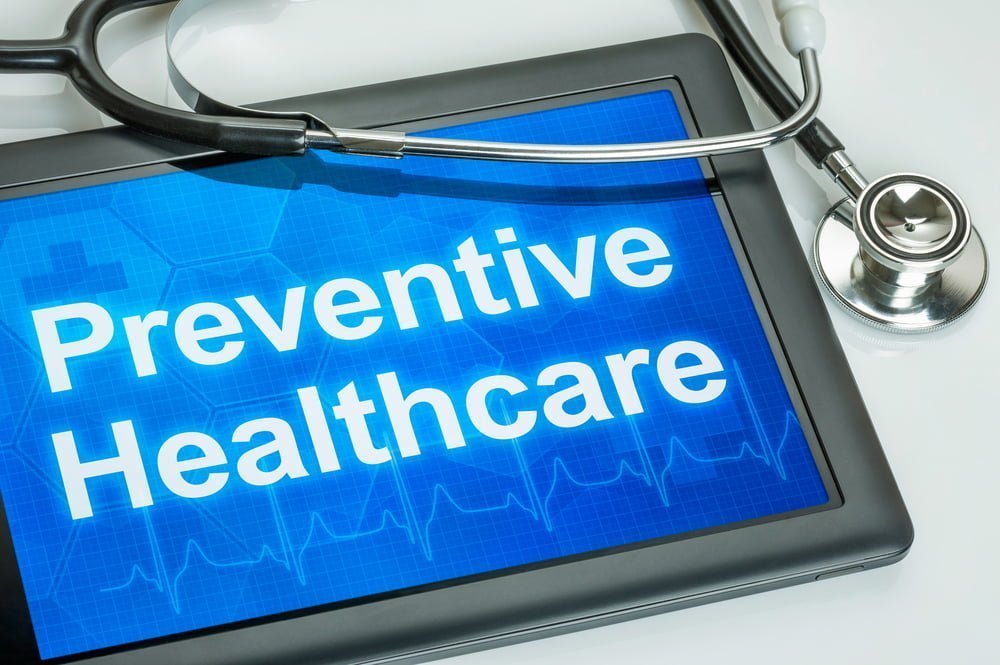The Power of Prevention: The Importance of Vaccination in Public Health
Vaccination has proven to be one of the most effective and essential public health interventions in preventing the spread of infectious diseases. In Malaysia, as in many other countries, vaccination plays a crucial role in safeguarding the health and well-being of the population. By ensuring high vaccination coverage rates, Malaysia has witnessed significant improvements in public health outcomes and disease control. This article explores the power of prevention through vaccination and highlights the importance of immunization programs in Malaysia’s public health landscape.

Introduction
Public health measures are designed to protect and promote the health of individuals and communities. Vaccination, also known as immunization, is a cornerstone of public health strategies, aiming to prevent the occurrence and transmission of infectious diseases. By stimulating the immune system to recognize and fight specific pathogens, vaccines effectively reduce the risk of infection and its associated complications.
Understanding Vaccination
Vaccination involves the administration of a vaccine, which contains either inactivated or weakened forms of pathogens or their antigens. This stimulates the immune system to produce a response, including the production of antibodies and memory cells that confer long-term protection against the targeted disease. Vaccination can prevent various viral and bacterial infections, such as measles, polio, hepatitis, influenza, and more.
The Role of Vaccination in Public Health
- Preventing Infectious Diseases
Vaccination is instrumental in preventing the occurrence and spread of infectious diseases. By immunizing individuals, especially during childhood, vaccinations help create a barrier of protection that hinders the transmission of pathogens within the community. This not only shields vaccinated individuals from disease but also safeguards those who cannot receive vaccines due to medical reasons.
- Herd Immunity
Herd immunity, also known as community immunity, is a crucial concept in public health. It occurs when a significant proportion of the population becomes immune to a specific disease, either through vaccination or prior infection. Achieving herd immunity helps protect vulnerable individuals who cannot be vaccinated, such as infants, elderly individuals, and those with compromised immune systems. By breaking the chain of transmission, herd immunity minimizes the risk of widespread outbreaks and protects the entire community.
- Reducing Disease Burden
Vaccination has a substantial impact on reducing the burden of infectious diseases. By preventing illness and complications associated with infections, vaccines alleviate the strain on healthcare systems, reduce hospitalization rates, and save lives. Vaccination programs contribute to the overall well-being and productivity of the population by reducing the economic and social burden imposed by preventable diseases.
Vaccination Programs in Malaysia
Malaysia has a robust vaccination program in place to ensure the health and safety of its population. The Ministry of Health spearheads the National Immunization Program, which follows a comprehensive schedule designed to protect individuals from various vaccine-preventable diseases. The program covers vaccinations for infants, children, adolescents, and adults, with a focus on providing widespread immunization coverage.
- National Immunization Schedule
The National Immunization Schedule in Malaysia outlines the recommended vaccines and the age groups at which they should be administered. It includes essential vaccines such as the diphtheria-tetanus-pertussis (DTP) vaccine, polio vaccine, measles-mumps-rubella (MMR) vaccine, hepatitis B vaccine, and others. The schedule ensures that individuals receive the necessary immunizations at the appropriate stages of their lives to maximize protection.
- Vaccination Coverage Rates
Malaysia has made commendable progress in achieving high vaccination coverage rates across the country. These rates reflect the proportion of the population that has received the recommended vaccines. By consistently reaching and maintaining high coverage, Malaysia has significantly reduced the incidence of vaccine-preventable diseases and their associated complications.

Overcoming Barriers to Vaccination
While vaccination programs in Malaysia have made significant progress, there are still barriers that need to be addressed to ensure optimal vaccine coverage. Overcoming these barriers is crucial to protect the population and achieve the full potential of vaccination.
- Accessibility and Affordability
Ensuring accessibility to vaccines is essential for reaching all segments of the population. This includes addressing geographical challenges and providing immunization services in remote and underserved areas. Additionally, making vaccines affordable and accessible to individuals from all socioeconomic backgrounds plays a vital role in promoting vaccination uptake.
- Education and Awareness
Promoting education and awareness about vaccines is crucial in combating vaccine hesitancy and misinformation. Public health campaigns, targeted education programs, and community engagement initiatives can help disseminate accurate information about vaccines, their benefits, and the potential risks associated with vaccine-preventable diseases.
Conclusion
Vaccination plays a pivotal role in safeguarding public health in Malaysia. By preventing the spread of infectious diseases, vaccines protect individuals, communities, and vulnerable populations. Malaysia’s vaccination programs have demonstrated significant achievements in disease control and elimination, contributing to improved health outcomes and economic prosperity. However, ongoing efforts are necessary to address vaccine hesitancy, ensure accessibility, and promote vaccine acceptance. Embracing the power of prevention through vaccination is crucial to maintaining a healthy nation.





















